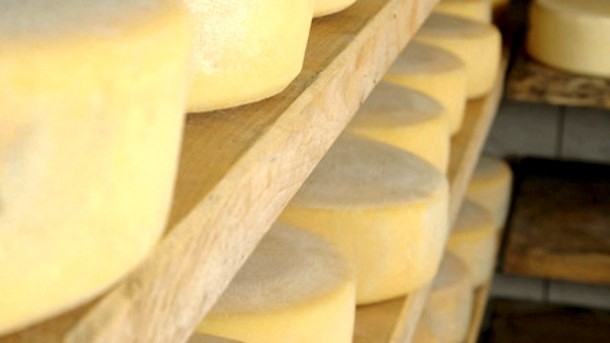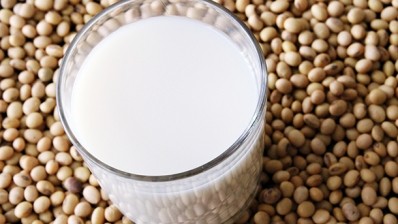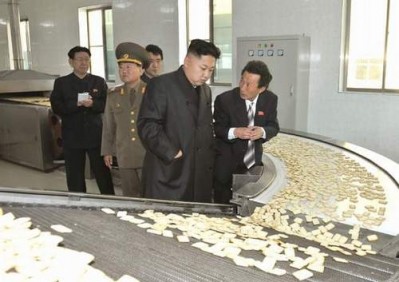Korea’s new love for cheese makes up for world’s highest milk prices

Cheese consumption has grown by one-third over the last five years, with imports now worth nearly US$500m per year in South Korea, though the market is still at an early stage in terms of product variety and consumption patterns, say analysts.
By last year, the country’s cheese imports had increased by 60% since 2010 to 97,000 tonnes, according to the US Department of Agriculture’s Global Agricultural Information Network (GAIN) report. In comparison, neighbouring Japan's cheese imports rose by just 17% to 232,000 tonnes over the same period.
Cheese sales increased by 9% in current volume terms to reach 118,000 tonnes in 2014. Concurrently, unprocessed cheese consumption grew by 12% and contribute 80% of overall sales volume.
“[South Koreans] are familiar with fermented food… Cheese is also fermented. So I think they are getting used to it fast," Seoul National University’s Hwang Keum-taek told Reuters.
Fonterra is seeing increased export potential under the New Zealand-Korea free trade agreement, which will see the phasing-out of import tariffs of up to 36% by 2026.
"Sales of our food-service products such as mozzarella cheese are performing strongly due to growing demand from Korea's bakery, fast-food and pre-prepared meal categories," said Kelvin Wickham, Fonterra’s managing director of global ingredients, told the wire.
The environment might be favourable for exporters, but Korea’s domestic cheese industry is being hampered by the high price of domestic raw fluid milk, according to GAIN.
Across the broader dairy industry, demand for healthier premium products has spurred growth in fluid milk product consumption as more consumers seek products with added health benefits.
This, however, comes despite a decline in overall volume sales as new government price controls push average drinking milk prices higher. The cost of local raw milk has increased by 13% to US$1 per litre since January—the highest in the world, according to GAIN.
Probiotics have also seen growth, with yoghurt up 8% to reach sales of US$2.5bn in 2014, due to its newfound trend status in South Korea’s health-conscious market.
















